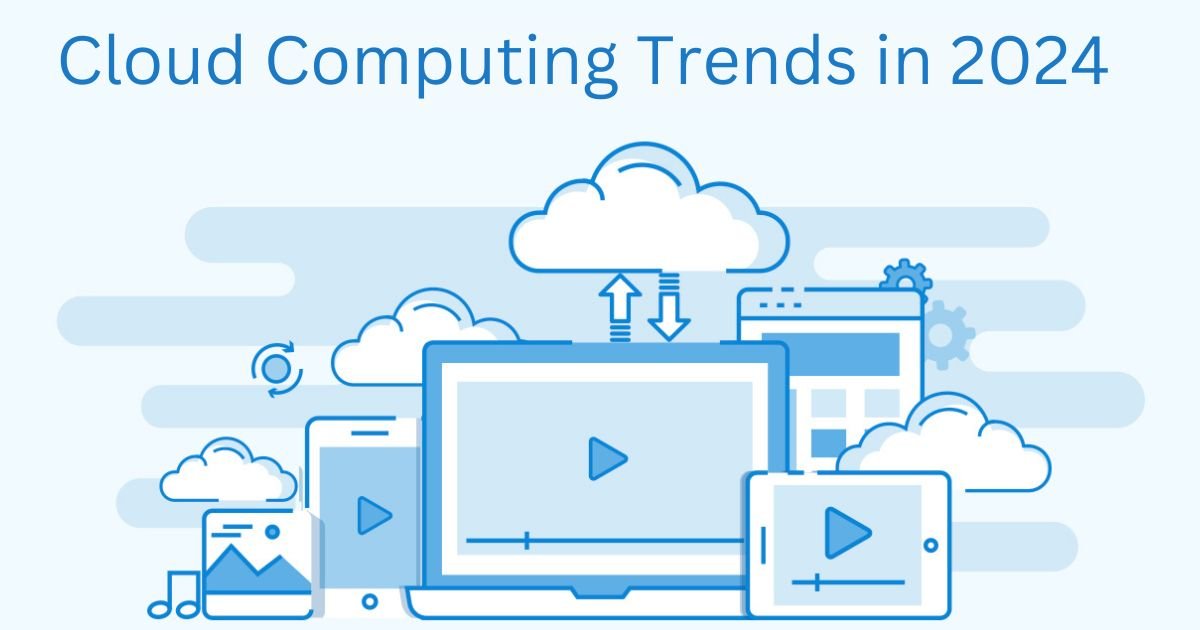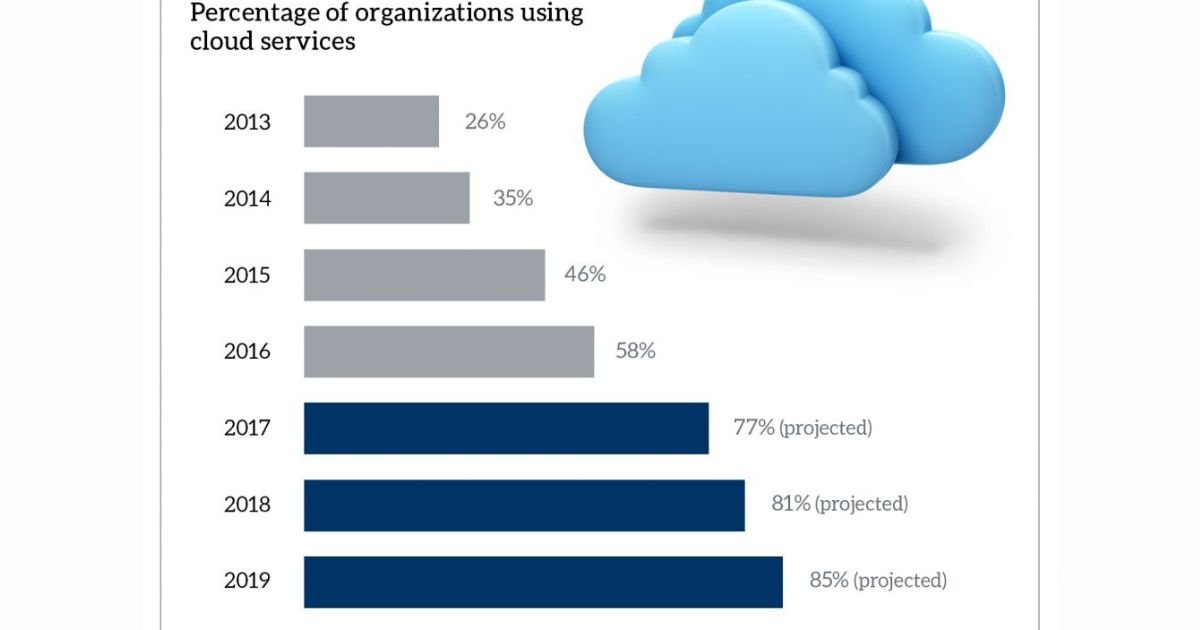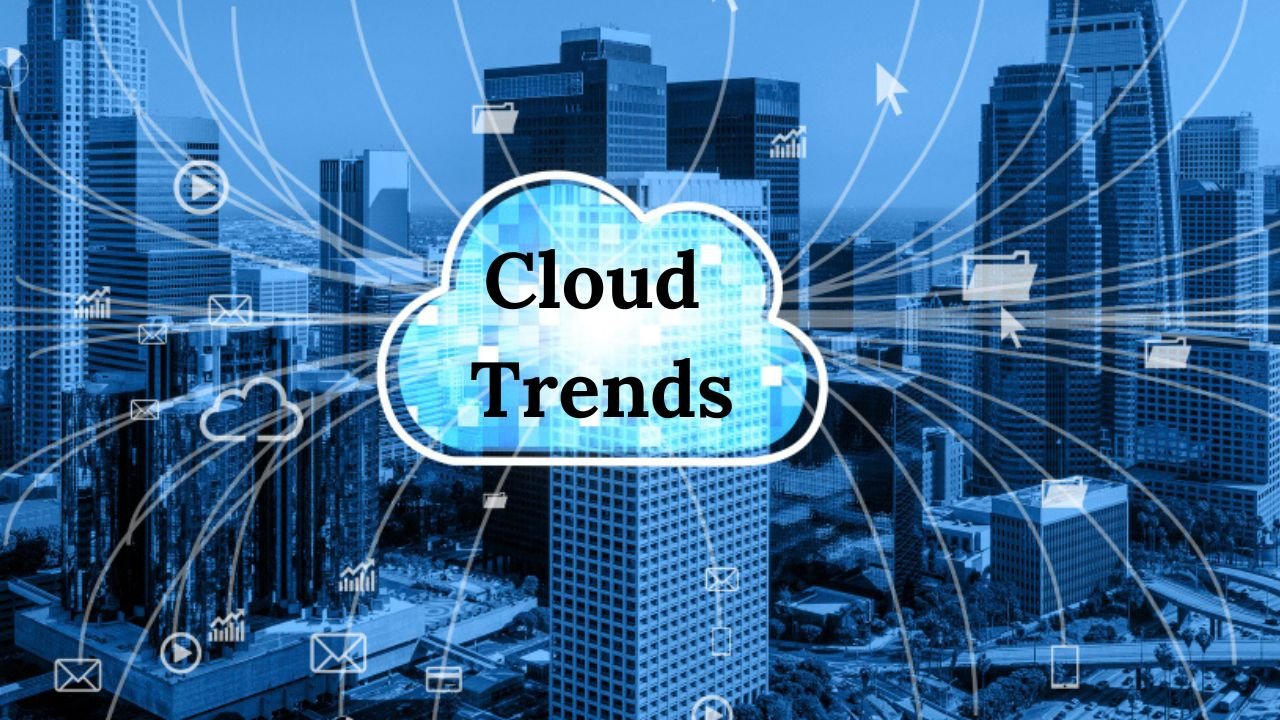In the rapidly evolving landscape of technology, staying abreast of the latest trends is crucial for businesses striving to maintain a competitive edge. Among these trends, cloud computing stands out as a transformative force reshaping the way organizations operate, innovate, and deliver value to their customers. In this comprehensive guide, we delve into the cloud trends that are currently making waves in the industry, offering insights and analysis to help you navigate this dynamic ecosystem with confidence.
The Rise of Multi-Cloud Trends Environments

Gone are the days when organizations relied solely on a single cloud provider for their computing needs. Today, the trend towards multi-cloud environments is gaining momentum, driven by the desire for increased flexibility, resilience, and cost optimization. By leveraging multiple cloud platforms simultaneously, businesses can mitigate the risk of vendor lock-in, enhance performance through workload optimization, and tap into specialized services tailored to their unique requirements.
Embracing Hybrid Cloud Architectures
In the quest for agility and scalability, many enterprises are embracing hybrid cloud architectures that seamlessly integrate on-premises infrastructure with public and private cloud environments. This hybrid approach offers the best of both worlds, allowing organizations to leverage the scalability and innovation of the cloud while retaining control over sensitive data and legacy systems. With hybrid cloud, businesses can dynamically adjust their computing resources to meet fluctuating demands, ensuring optimal performance and cost-efficiency.
Unlocking the Power of Edge Computing
As the volume of data generated at the edge continues to skyrocket, edge computing has emerged as a game-changer for organizations seeking to process and analyze data closer to its source. By deploying compute resources at the edge of the network, businesses can reduce latency, improve real-time responsiveness, and unlock new opportunities for innovation in areas such as IoT, autonomous vehicles, and immersive experiences. With edge computing becoming increasingly pervasive, organizations must develop strategies to harness its full potential and capitalize on its transformative capabilities.

Harnessing the Potential of Serverless Architecture
In the era of serverless computing, developers are liberated from the burden of managing infrastructure, allowing them to focus on writing code and delivering value to customers. By abstracting away the underlying infrastructure, serverless architecture enables rapid innovation, seamless scalability, and cost-effective execution of workloads. Whether it’s building microservices, processing data streams, or orchestrating workflows, serverless computing offers a compelling paradigm shift that empowers developers to build and deploy applications with unprecedented speed and agility.
Navigating the Complexities of Cloud Security
As organizations increasingly rely on the cloud to store and process sensitive data, cloud security has become a top priority for IT leaders worldwide. From data breaches and compliance challenges to evolving threat landscapes, navigating the complexities of cloud security requires a proactive and multi-layered approach. By implementing robust security controls, conducting regular audits, and investing in employee training, businesses can mitigate risks, safeguard their assets, and build trust with customers in an increasingly digital world.

The Future of Cloud-Native Development
In the realm of software development, cloud-native principles are reshaping the way applications are built, deployed, and managed in the cloud. By embracing containers, microservices, and DevOps practices, organizations can achieve greater agility, scalability, and resilience in their software delivery pipelines. With platforms such as Kubernetes gaining widespread adoption, cloud-native development is poised to become the de facto standard for modern application development, enabling organizations to innovate faster and deliver superior user experiences.
Conclusion
In conclusion, the cloud trends outlined in this guide represent a seismic shift in the way businesses approach technology, innovation, and digital transformation. From multi-cloud environments and hybrid architectures to edge computing and serverless architecture, organizations have a wealth of opportunities to leverage the power of the cloud to drive growth, enhance agility, and delight customers in an increasingly competitive marketplace. By staying informed, adaptable, and proactive, businesses can position themselves for success in the digital age and unlock new possibilities for innovation and growth.
